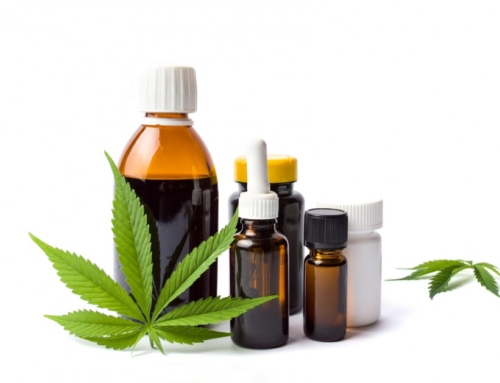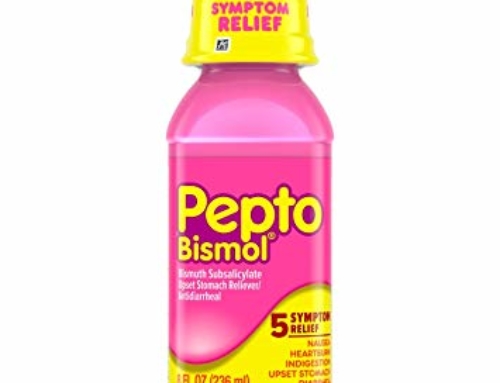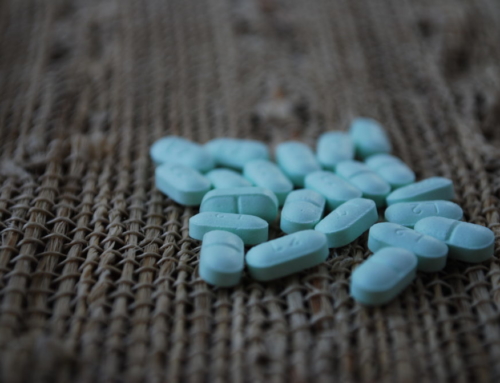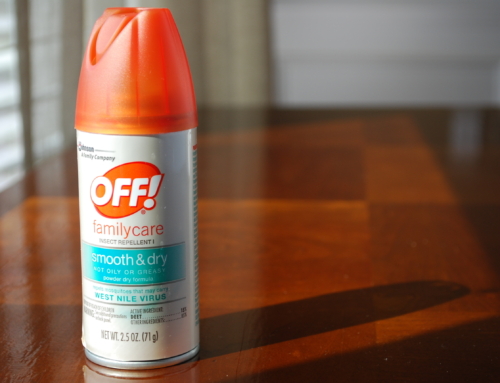Project Description
If you have any reason to suspect your pet has ingested something toxic, please contact your veterinarian or one of the other resources listed:
• ASPCA Animal Poison Control Center 24-hour hotline at (888) 426-4435
• Pet Poison Helpline® 24-hour animal poison control service at (855) 764-7661
Pseudoephedrine & Phenylephrine
Pseudoephedrine and phenylephrine are popular ingredients in OTC decongestant products (e.g. Claritin-D, Mucinex-D, Benadryl-D, Sudafed, and Sudafed-PE). These medications are often used to treat nasal and chest congestion.

Note that either pseudoephedrine or phenylephrine can be found in cough/cold formulations, allergy and asthma medications, hemorrhoid creams, and diet pills. If your pet has ingested any medication it is important to determine all ingredients in order to assess the risk of toxicity.
It is also important to note that, when purchasing an antihistamine for your pet, you do not choose a combination product that contains one of these ingredients.
Signs and symptoms of toxicity: hyperactivity, agitation, vomiting, increased heart rate, increased blood pressure, increased production of saliva, tremors, seizures, decreased appetite, and dilated pupils. Signs may occur within 30-60 minutes of ingestion but can be delayed with ingestion extended-release products.
Toxic consumption:
Phenylephrine: There is no established toxic threshold for pet consumption. All incidents of accidental exposure should be reported immediately.
Pseudoephedrine: Clinical signs of toxicity may be seen with doses of 5-6 mg/kg and death may occur with ingestion of doses 10-12 mg/kg of body weight.
| X-Small Yorkie, Chihuahua |
Small Pug, Boston Terrier, Poodle |
Medium Beagle, Scottish Terrier |
Large Boxer, Cocker Spaniel |
X-Large Retriever, German Shepherd |
XX-Large Great Dane, St. Bernard |
| 1 – 10 lbs. (0.45 – 4.6 kg) |
11 – 25 lbs. (5 – 11.4 kg) |
26 – 40 lbs. (11.8 – 18.2 kg) |
41 – 70 lbs. (18.6 – 31.8 kg) |
71 – 90 lbs. (32.3 – 40.9 kg) |
91 – 110 lbs. (41.4 – 50 kg) |
 |
 |
 |
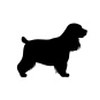 |
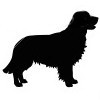 |
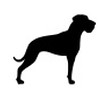 |
| > 2.2 mg | > 24 mg | > 58 mg | > 92 mg | > 161 mg | > 206 mg |
| Most Cats | Large Cats |
| 1 – 10 lbs. (0.45 – 4.6 kg) |
11 – 25 lbs. (5 – 11.4 kg) |
 |
 |
| > 2.2 mg | > 24 mg |
References:
– Bischoff K. Toxicity of over-the-counter drugs. In: Gupta RC, ed. Veterinary Toxicology: Basic and Clinical Principles. New York: Elsevier, 2007;p.363.
– Osweiler, G, et al. (2011). Blackwell’s five-minute veterinary consult clinical companion. Small Animal Toxicology. [Kindle version]. Retrieved from Amazon.com
Pet Poison Control is provided free as a public service by the American College of Veterinary Pharmacists. Today we’re asking you to support us with a small donation. If you would like to dedicate your gift in honor or memory of a pet or individual, you will have that option before checkout. Your gift of any amount helps us maintain this resource and make it available to the pharmacy and veterinary communities. Thank you!

